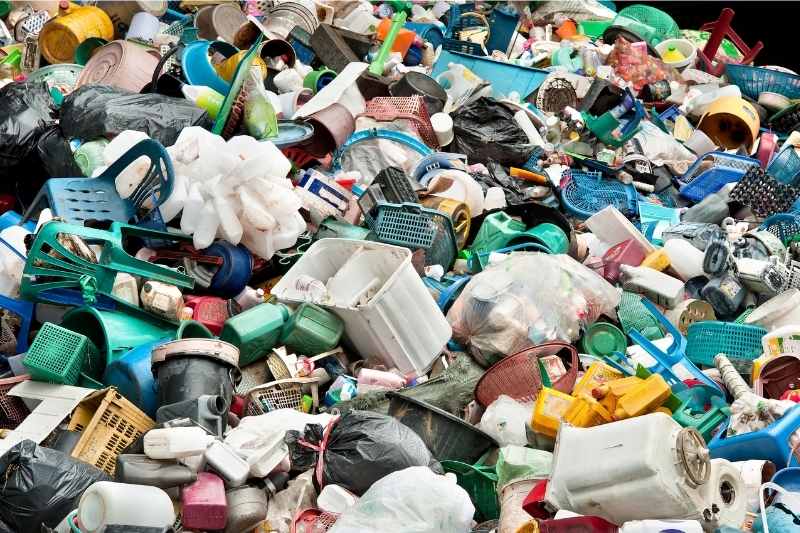Living Buildings Around the World
People thrive in nature, not concrete jungles. How do we balance city living with nature? By developing living buildings.
Read More
Select Page
People thrive in nature, not concrete jungles. How do we balance city living with nature? By developing living buildings.
Read More




